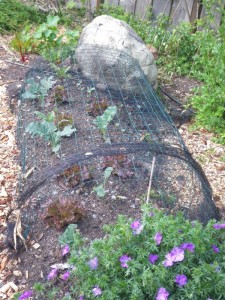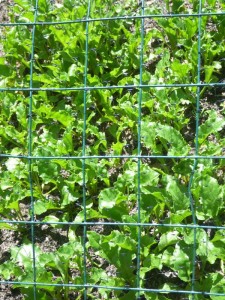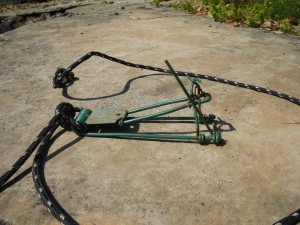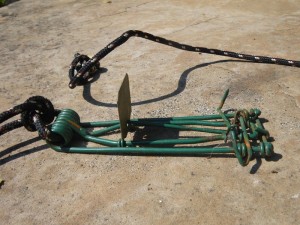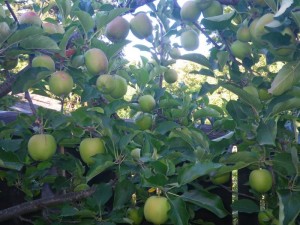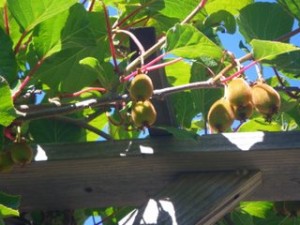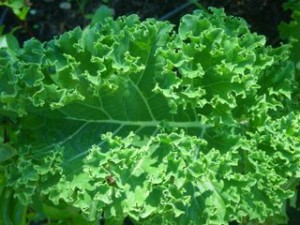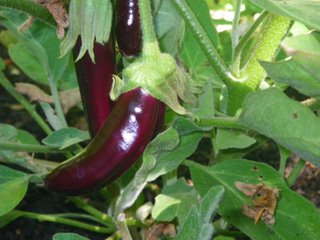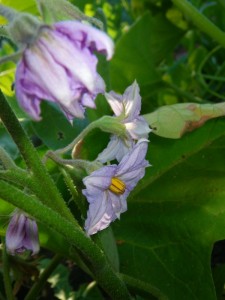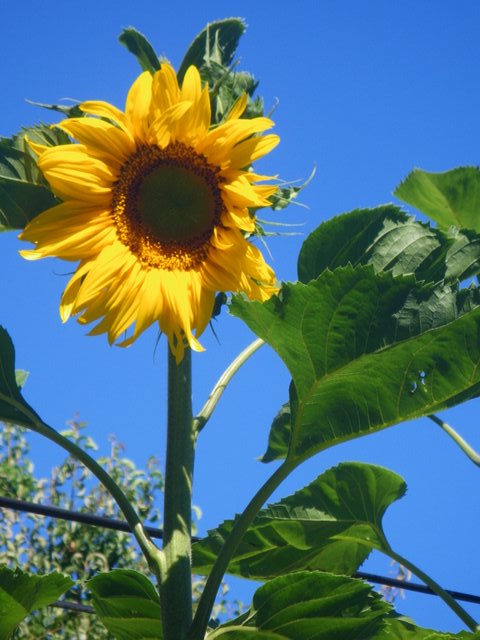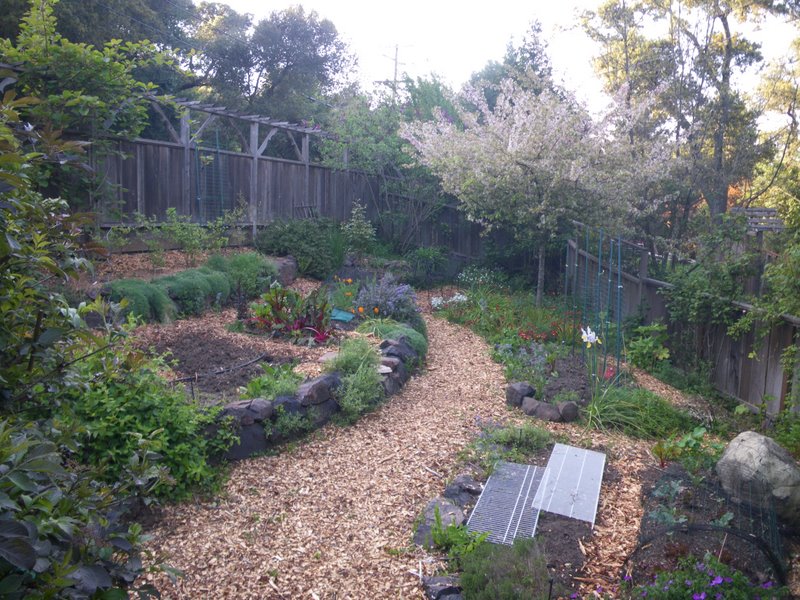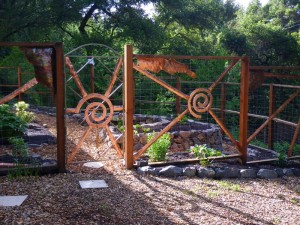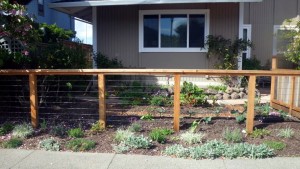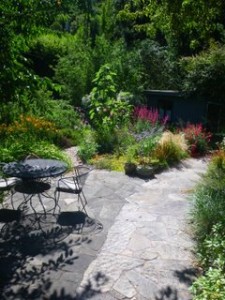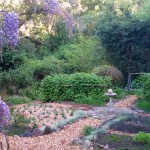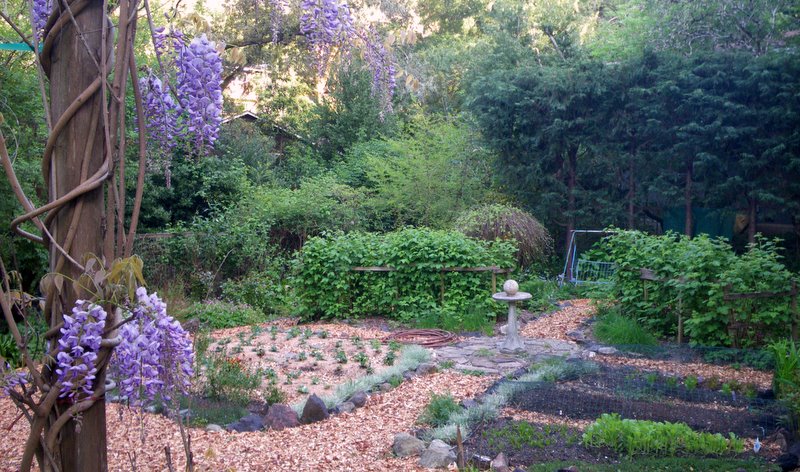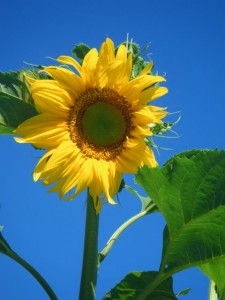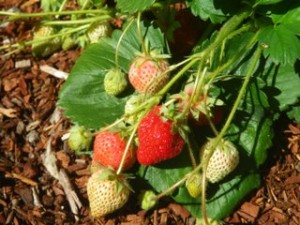What is a pest? In a garden an animal can be a pest one day and not the next. One of our most beloved members of the garden is the Bird. They’re beautiful, they sing, the eat insects, we NEED birds in the garden. BUT… they can also be incredibly damaging to our crops.
In the Spring song birds come flocking into the garden. They can absolutely devastate your early crops by pecking at the leaves and pulling them out of the ground. One way you can tell the difference between snail and slug damage and bird damage, is that a bird will leave a triangular peck in the leaf, like this > from its beak. A slug or snail will have an uneven edge eaten. The easiest and most effective way I have found to deal with birds is to cover the beds. I do this by putting a wire cover over the bed and lay bird netting over that. It allows the plants room to grow and keeps out all the birds.
The wire is cut to the size of the bed. It is then gently put over the bed like a hoop. I peg in the bottoms with wire staples or a stick. After the wire is in place, I put bird netting over it and tuck in all the corners. I don’t recommend chicken wire, because it has many sharp edges, gets rusty and you can get caught on it too easily. This green coated wire is not expensive and easy to use. The coating keeps it looking good and prevents it from rusting.
The next photo shows how I put the bird netting over the wire. It’s important to keep it pegged in at the edges so that birds don’t get caught inside the netting.
When the plants are up to the top of the wire I take it off and by then, the plants are no longer of interest to the birds. They want something more tender.
Simple Dog Barrier
I know this may seem ridiculous, but in the photo above I used small bamboo sticks to create a little fence around my strawberries. I found that my large Black Labrador Retriever would walk through the strawberries and do his stuff right in the middle. Big Yuck. Once I put up this little barrier, he walked around the bed and we never had a problem. My point here, is that sometimes you can find very simple and easy solutions to a vexing problem.
It’s also the case that a beloved member of the family can be a pest as well.


